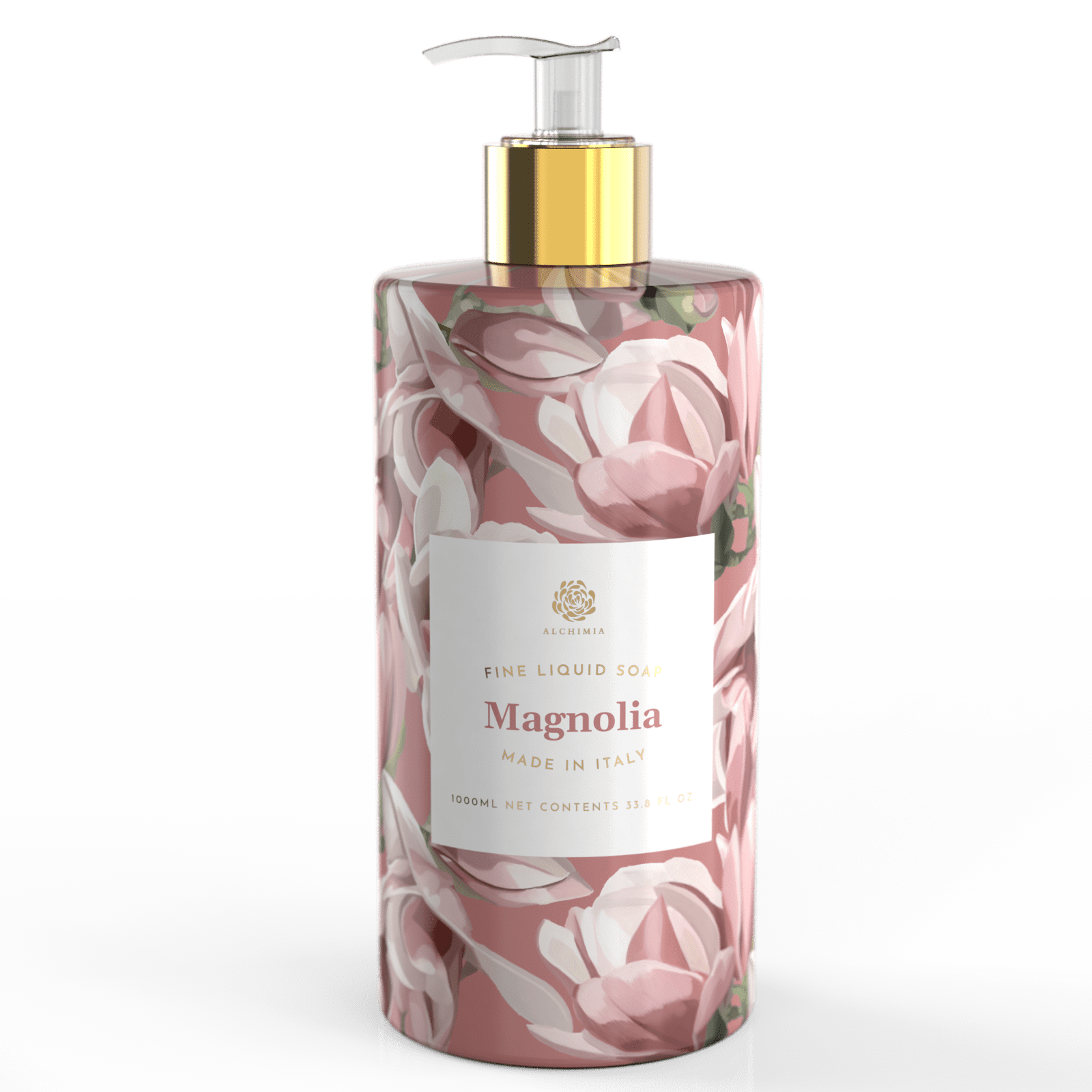Magnolia soaps: the scent of spring
An ornamental plant with a noble scent
Spring is in the air, and it’s not just an idiom. The brisk March and April wind carries new scents and fragrances, spreading them in the new light of longer days and in the awakening nature, unleashing all their notes. This is when magnolias blossom.
Magnolia: history and characteristics
Magnolia is a plant named after Pierre Magnol, a French botanist who contributed to the innovation of modern botanical classification in the 1700s. However, this plant has existed for centuries as it’s considered one of the world’s oldest plants. It even seems to have survived the Ice Age before reappearing in Europe after being imported from America and Asia, in particular Japan and China, where magnolias were cultivated around old Buddhist temples.
Today, we know over 300 species of evergreen and deciduous magnolia trees and shrubs. In Italy, magnolia is cultivated as an ornamental plant in the following variants: Southern Magnolia, Saucer Magnolia, and Star Magnolia. These species are rather tall trees (5-6 metres high) and have different beautiful flowers blooming in early spring (usually in April). Magnolia’s flowers often sprout before the leaves. Their shape resembles a tulip or a star and can be white, pink, or violet.

Magnolia-scented soaps
Magnolia blossoms have an intense and surprising scent that often wafts in waves. Magnolia’s fragrance is similar to lemon as it features some citrus notes, enhancing its elegance. This flower symbolises purity, regal dignity, and modesty. In Asia, it’s often associated with fortune and is regarded as a stronger orchid since it resists harsh winters.
Magnolia’s curative properties are found in some magnolia-based products. For example, its oils are anti-inflammatory, hydrating. They also regulate the heartbeat and blood pressure. Alchimia’s magnolia-scented soaps are artisanal cosmetic products that leave the skin soft with a pleasant spring scent evoking freshness and beauty.
Discover Alchimia’s magnolia-scented soaps

